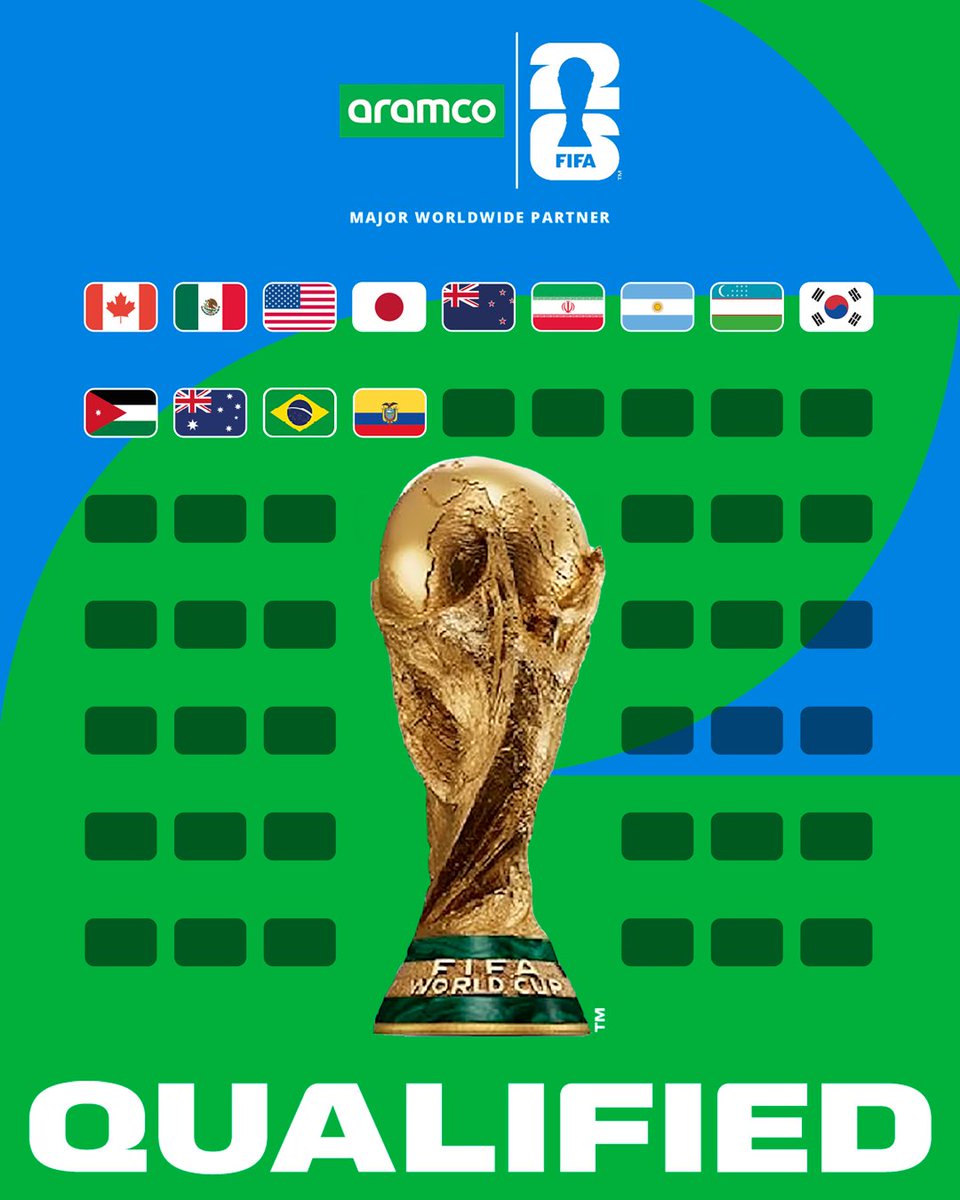The 2026 FIFA World Cup is set to mark a new era in football history. For the first time, the tournament will expand to include 48 teams and be hosted across three countries: the United States, Canada, and Mexico. This new format opens more doors for countries across the globe to compete on football’s biggest stage.
As of June 11, 2025, thirteen nations have officially booked their tickets to the World Cup. From historical powerhouses like Brazil and Argentina to first-time qualifiers such as Uzbekistan and Jordan, the current list reflects a shifting global football landscape.
Yet among these developments, one regional milestone stands out: Indonesia has become the first Southeast Asian country to reach the fourth round of AFC qualification, an achievement that offers new hope for ASEAN football.

Hosts, Champions, and Familiar Names
As co-hosts, the United States, Canada, and Mexico all qualify automatically. For the U.S., this will be their 12th World Cup appearance, while Canada enters their third after recent momentum from 1986 and 2022. Mexico, one of CONCACAF’s most consistent performers, will appear for the 18th time since debuting in 1930.
From South America, three giants have secured their spots. Argentina, the reigning champion, enters with three World Cup titles, including their most recent in 2022. Brazil, the only country to have qualified for every edition of the tournament, marks its 23rd appearance. Ecuador, after a strong campaign, rounds out the South American trio.
Asia on the Rise
Six teams from Asia have already qualified, showing the continent’s growing influence on the world stage. Japan continues to lead with its seventh consecutive appearance, consistently reaching the Round of 16 in recent editions. South Korea, another regional heavyweight, returns for its 12th time, still remembered for its iconic 2002 semifinal run.
Iran and Australia also secured their places through a steady showing in AFC qualifiers, each bringing experience and a solid football foundation. But the spotlight falls on two debutants: Uzbekistan and Jordan.
Uzbekistan qualified after a historic draw against the UAE, while Jordan advanced with a convincing 3-0 victory over Oman. Their qualification signals that the balance of power in Asian football is shifting and diversifying.
A Breakthrough Moment for Southeast Asia
While no ASEAN team has qualified for the 2026 finals yet, Indonesia has carved out a place in history by becoming the first Southeast Asian nation to reach the fourth round of AFC qualification. This is more than just a statistical milestone. It is a sign of growing competitiveness, improved infrastructure, and a new level of ambition in the region.
Indonesia’s journey through the qualifiers, beating tough opponents and standing their ground against Asian giants, represents a turning point. Although the final ticket to the World Cup has not yet been secured, the progress is undeniable. And it offers real momentum not just for Indonesia, but for the entire Southeast Asian football community.
More Than Just a Bigger Tournament
The 2026 World Cup is not just about more teams. It is about reshaping the global narrative of football. With debutants like Jordan and Uzbekistan making their mark, and regular contenders like Brazil, Argentina, and Japan returning stronger than ever, this edition is shaping up to be the most dynamic and inclusive yet.
Thirty-five spots remain to be claimed. But each team that qualifies tells a story, not just of talent, but of national identity, persistence, and evolution. As Asia continues to rise and Southeast Asia edges closer to the world stage, the dream of an ASEAN nation competing in the World Cup no longer feels distant. It feels possible.


















